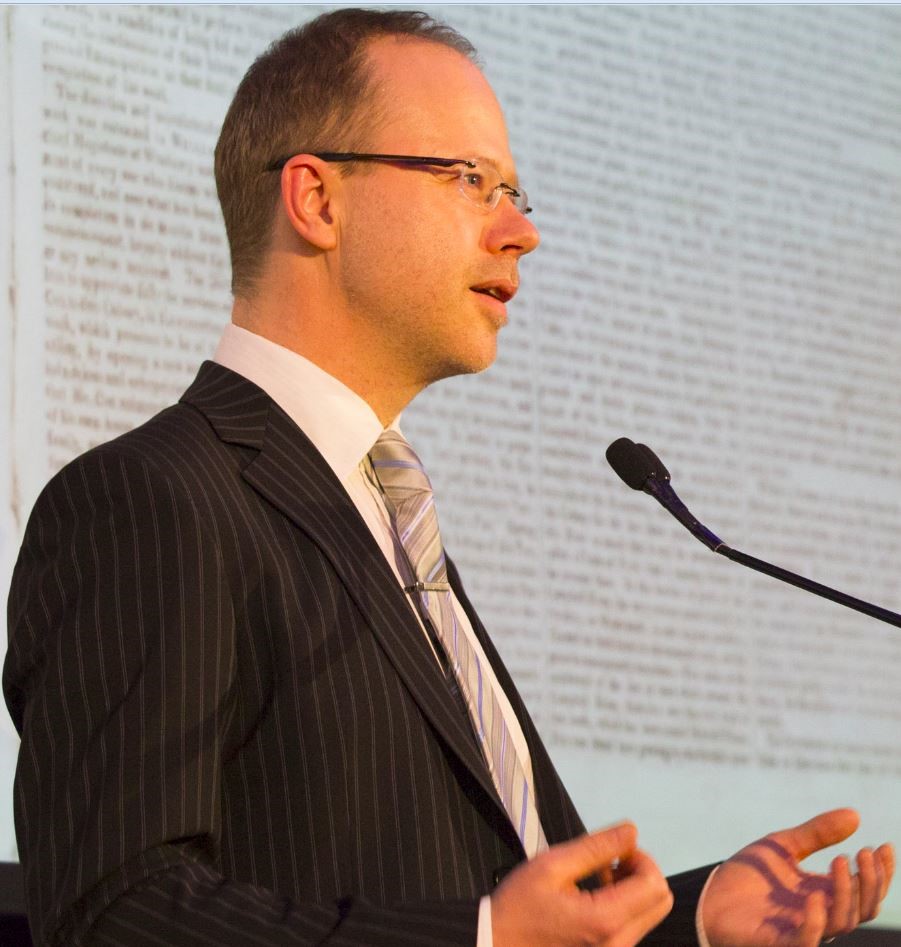The Archives
-
Cultural Studies, Historical Studies, Life Writing
Voices from the West End
06.02.12 | Permalink | Comments Off on Voices from the West EndOn a triangle of land that points out to sea at the mouth of the Swan River is Fremantle’s heritage district, the West End, renowned for its colonial architecture that includes the largest collection of heritage-listed buildings in Western Australia and its oldest public building, the Round House gaol (1831). Although Fremantle has often been threatened by the demands of redevelopment, today it is recognised as one of the world’s best preserved examples of a nineteenth-century port city and colonial townscape. ‘Freo’, as it is known locally, also has an exceptionally diverse multicultural community, lending a special character that is the legacy of its role as a historical gateway to Australia, the first point of contact for generations of migrants and visitors arriving by sea from Europe. This mix of cultures and traditions has shaped the life of the cosmopolitan city, which now has a population of close to 30,000.
-
Cultural Studies, Historical Studies, Life Writing
Lives Recovered and Reclaimed
25.04.11 | Permalink | Comments Off on Lives Recovered and ReclaimedA life can be recovered in many ways: through retrieving, reclaiming, remembering, re-imagining, revising, restoring, recognising, re-telling or re-placing. In this special issue of Life Writing the impulse to pay respect to lost, hidden or unacknowledged lives flows through the papers, all of which are drawn from the major international conference on ‘Recovering Lives’ convened by Cassandra Pybus, Caroline Turner and Paul Arthur in 2008, and hosted by the Humanities Research Centre at the Australian National University. With sessions held at the National Museum of Australia, accompanying exhibitions, artists’ talks and film screenings, the conference aimed to break down traditional barriers between disciplines, media and ways of seeing. Historians, writers, filmmakers, anthropologists, curators, journalists, artists and activists interpreted the theme in ways that put the spotlight on people and practices that the global vision, for all its benefits, has left behind, overlooked, marginalised, or even enslaved.
-
Cultural Studies, Historical Studies, Life Writing, Literary Studies
Unearthing the Past
20.04.11 | Permalink | Comments Off on Unearthing the PastWhen Hitler’s troops invaded and occupied the city of Kharkov in Ukraine, my grandparents Nadia, 26, and Petro, 30, had two young children, aged 7 and 5. My mother had not yet been born. In this tense and uncertain period it was unclear whether Ukraine would ultimately be controlled by Stalin or Hitler. There was nothing to recommend one over the other, they often said. Both regimes were brutal and both targeted Ukrainians. Mid-1943 marked a turning point—the end of their lives in Ukraine and the first stage of a journey into the unknown that led to their eventual arrival in Australia in 1949 as post-war refugees. They were packed into railway goods wagons with other Ukrainians and were taken from Kharkov, where they had built their world, to Dwikozy in Poland. This was the place of their first displacement from everything that made up their history and identity—homeland, language, culture, family, community, and career. Like many other refugees my grandparents attempted to compensate for the loss of their past by trying to recover it repeatedly years later in the stories that they told.
-
Communication and Media Studies, e-Research, Historical Studies, Humanities
Participating in the Past
25.03.08 | Permalink | Comments Off on Participating in the PastThe profile of oral history research has grown dramatically over the past two decades. One of the reasons for this is that there has been a diversification of modes of public access and delivery. The increasing use of digital media means that oral histories are now reaching far greater audiences, and these histories are being presented in more direct, more stimulating and richer ways than have before been possible. In fact, the digital revolution is rapidly transforming history as a genre and set of practices, and oral history is a key player in this process. Because oral histories lend themselves to digital forms of delivery much more readily than conventional, text-only, representations of history, oral history has come to be a central focus for digital history researchers.
-
Communication and Media Studies, Cultural Studies, e-Research, Humanities, Life Writing
Digital Lives
25.01.08 | Permalink | Comments Off on Digital LivesThe aim of the Interactive Histories research program is to seek ways of using interactive media for experimental content delivery in projects with a broadly historical focus. The focus to date has been on oral history projects (including virtual tours of heritage sites, museum installations and multimedia documentaries) and on theoretical research investigating emerging frameworks for historical representation enabled by interactive technologies. Planned projects include digital storytelling in local communities and the development of Indigenous and cross-cultural digital resources. Central to the two projects being presented here is the production of multimedia works designed to maximize public access to oral history material.






